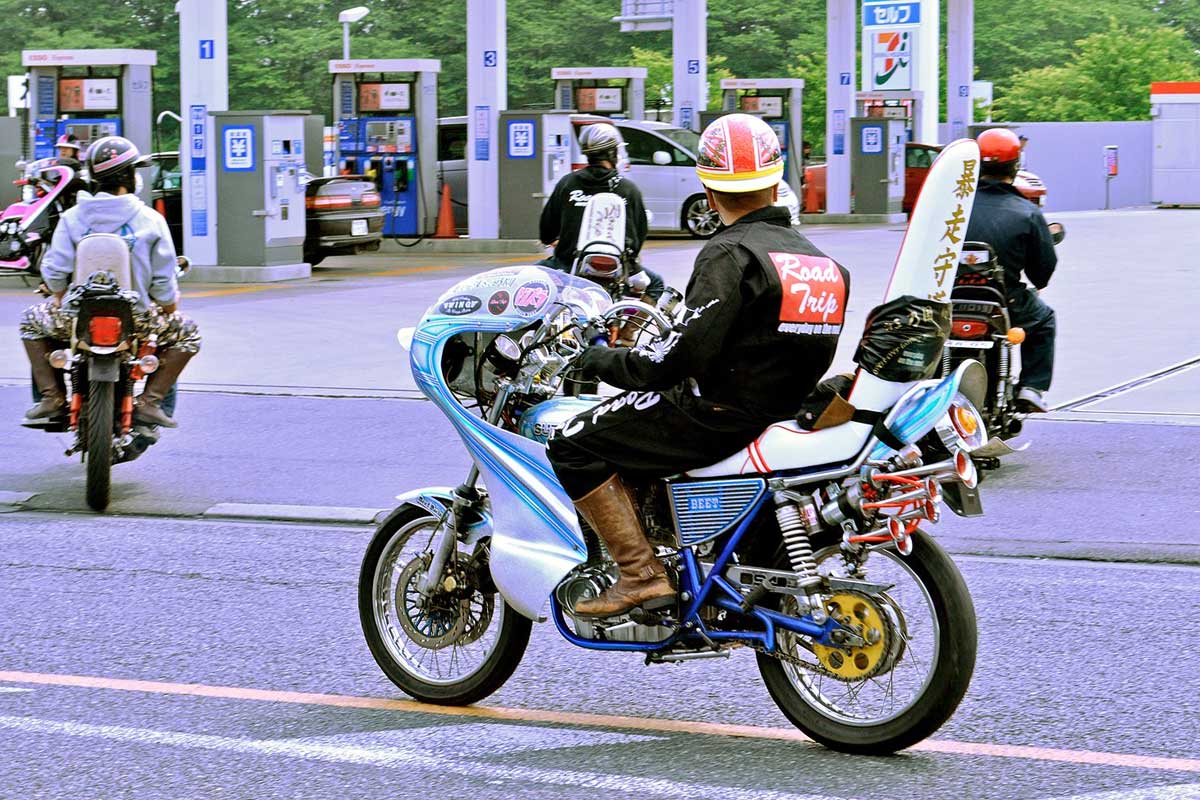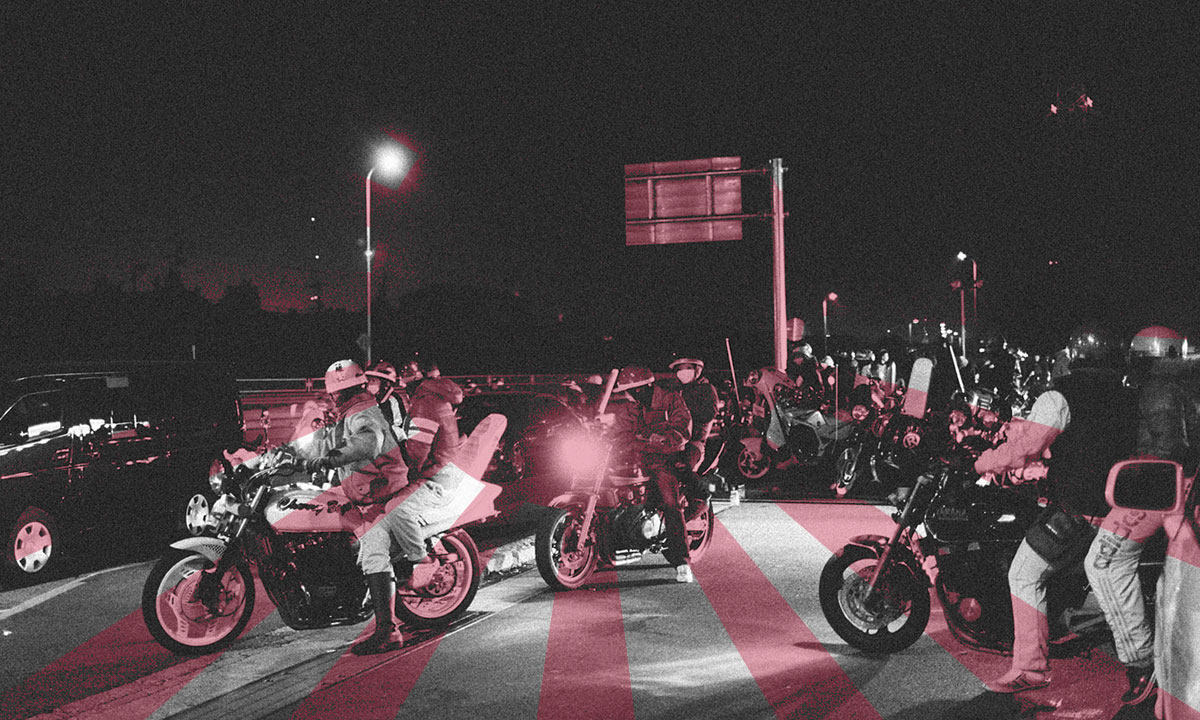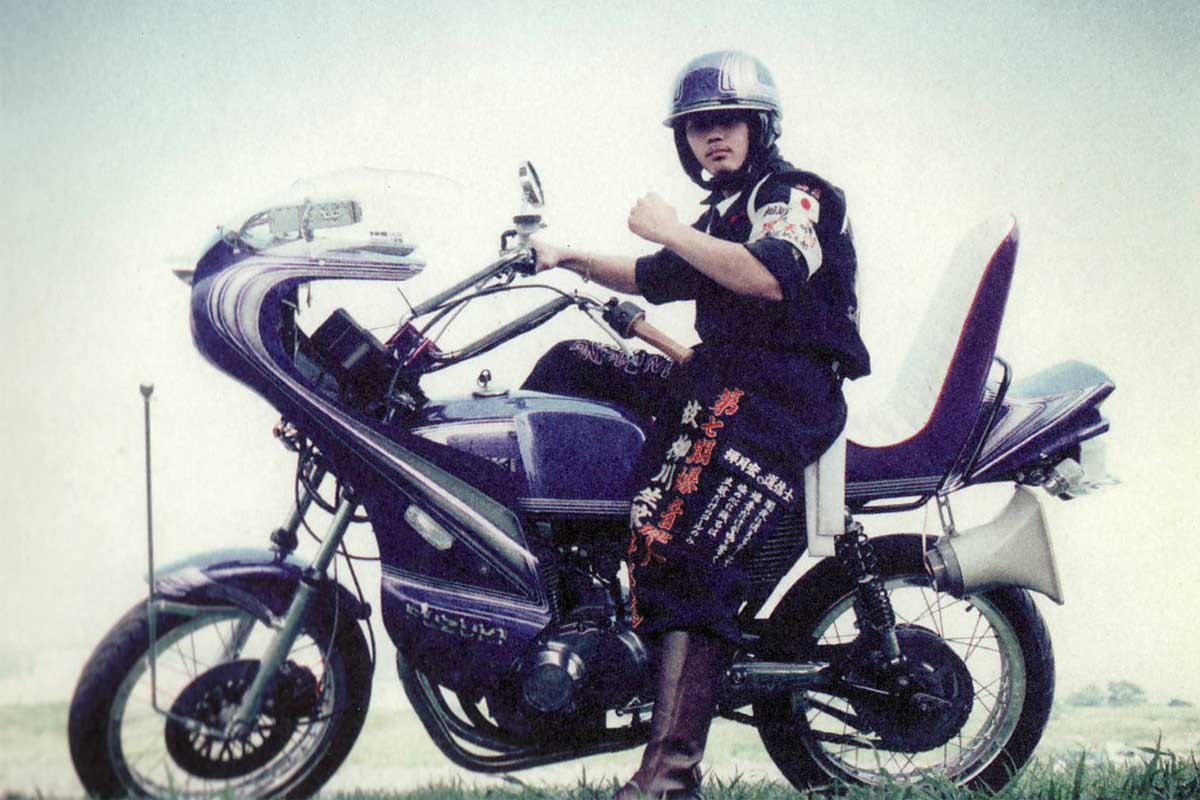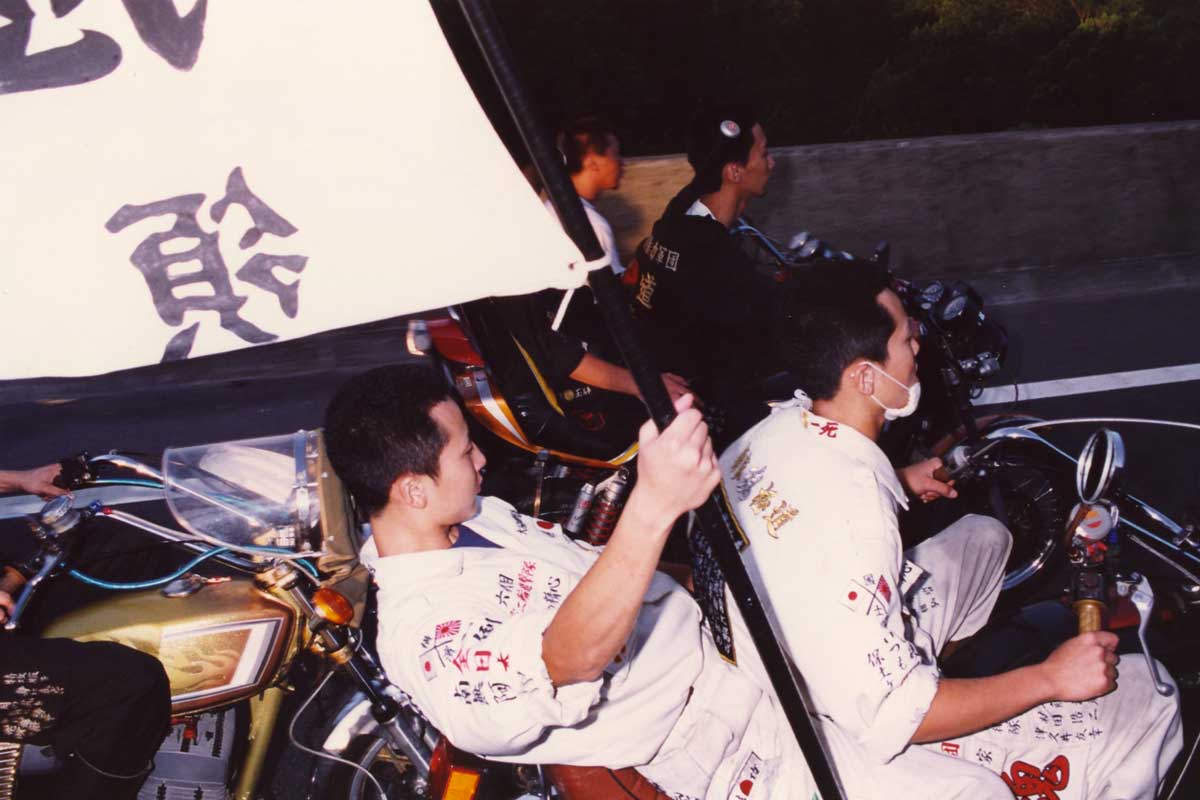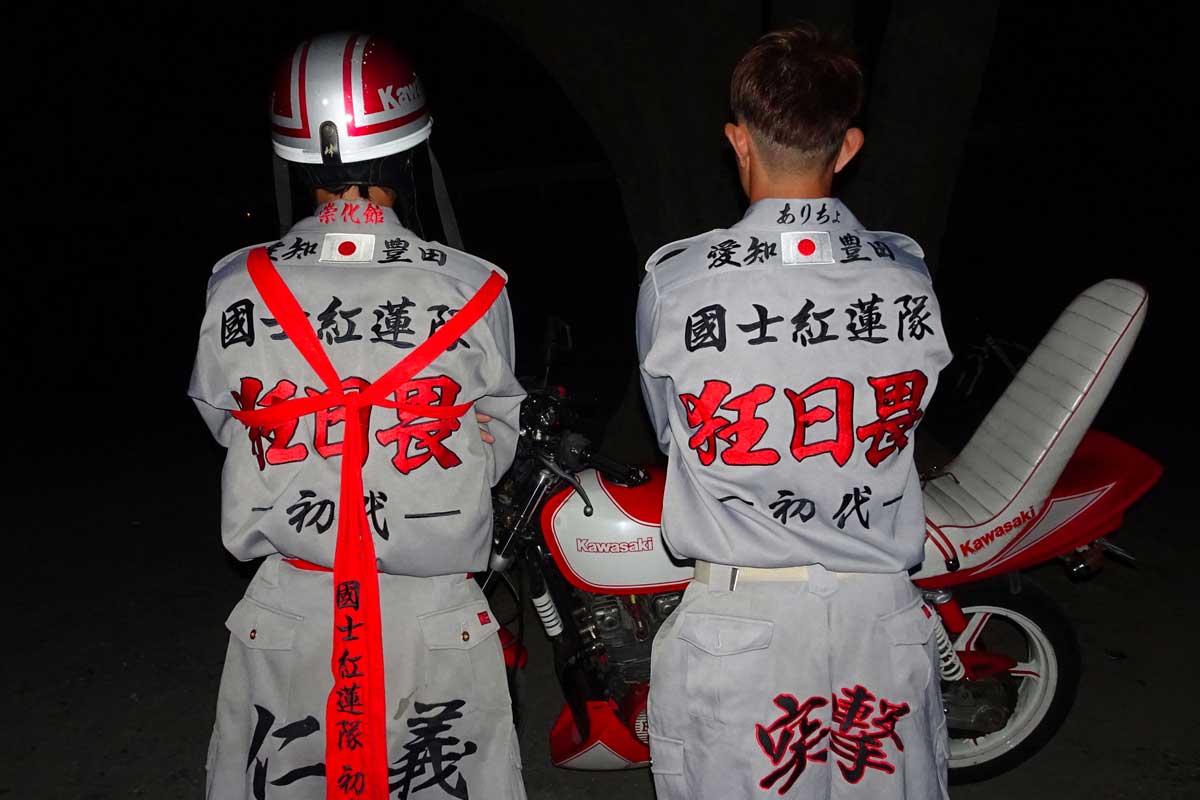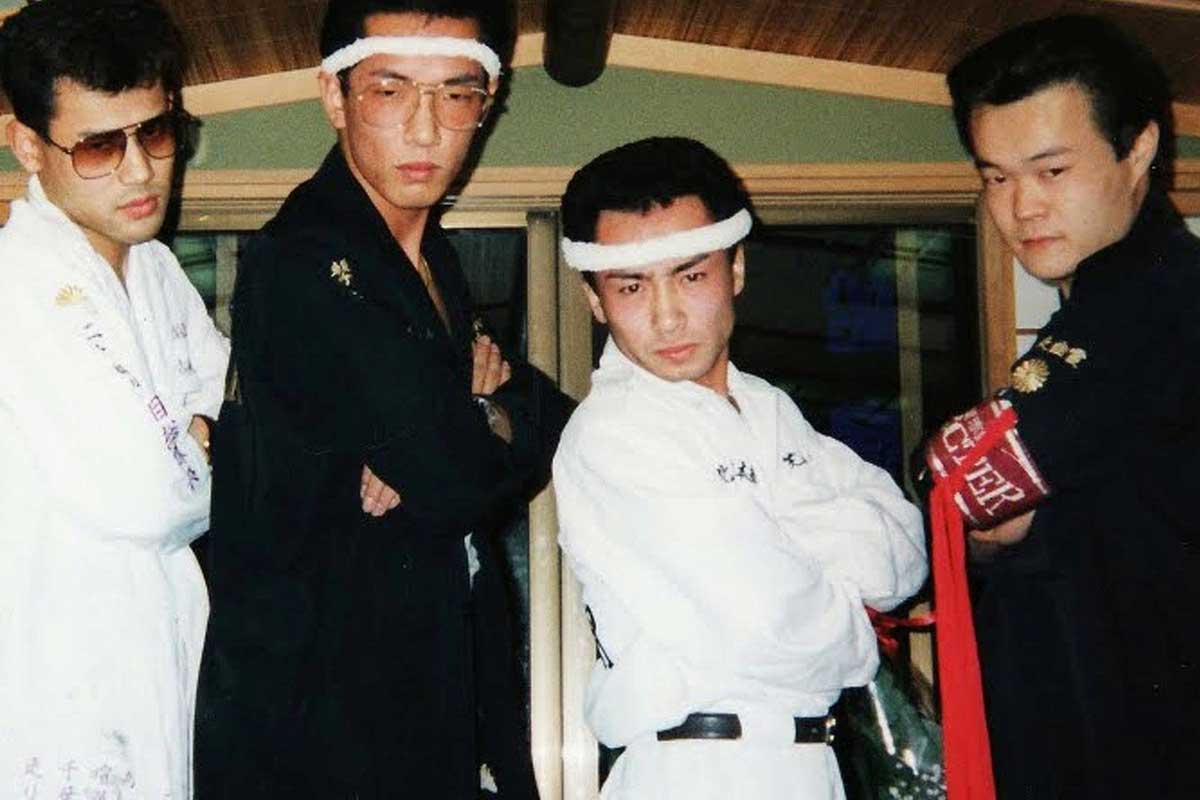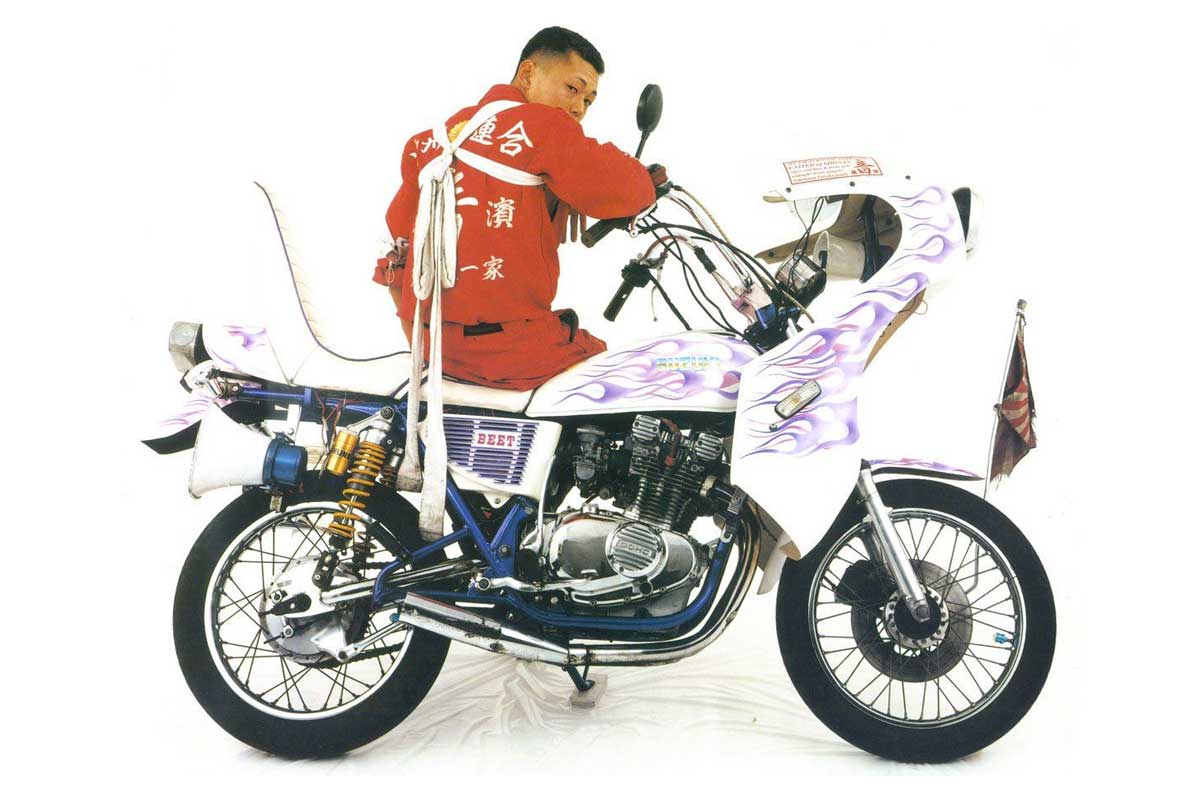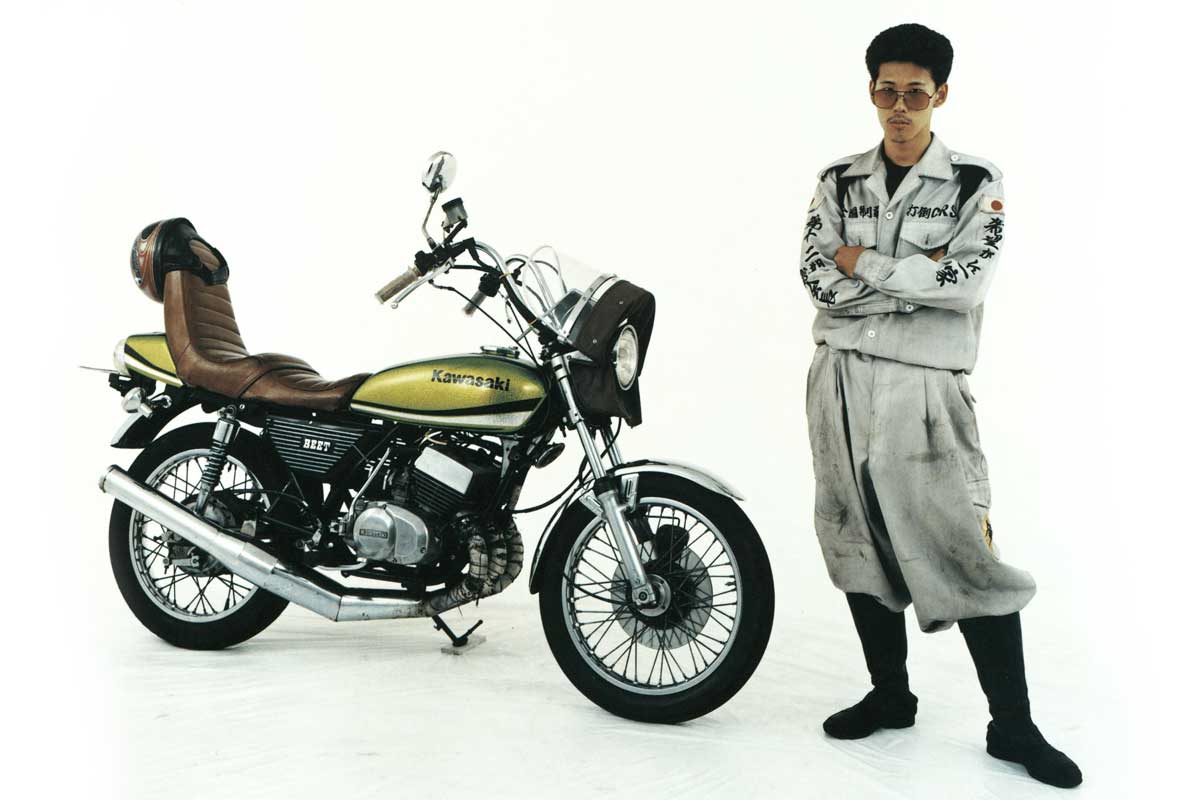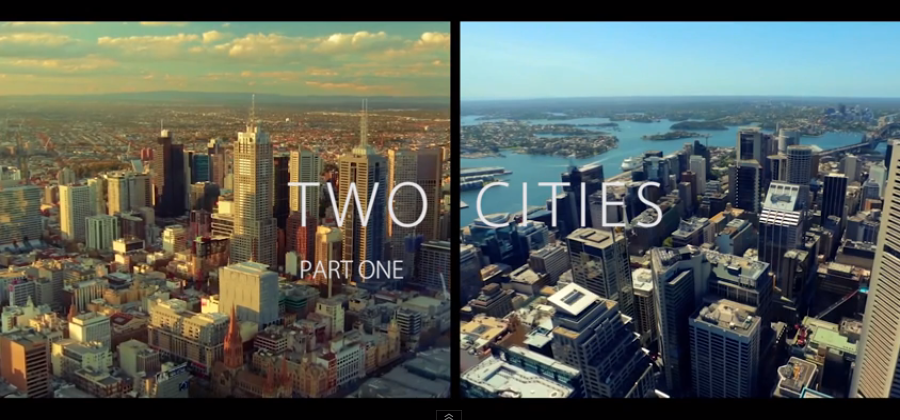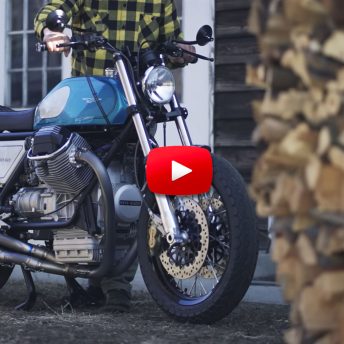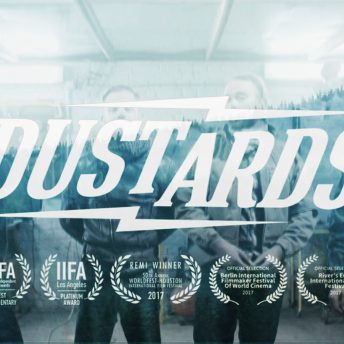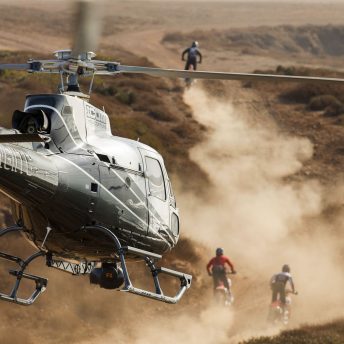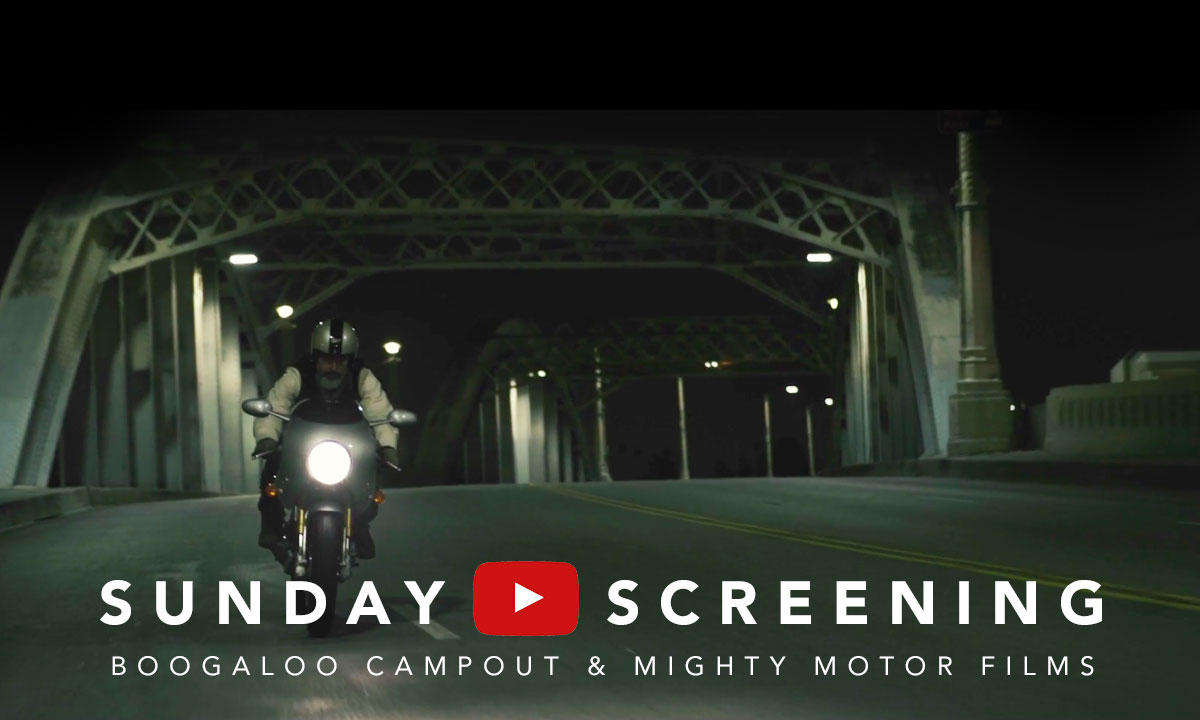From ancient feudal empires to an industrial revolution within the space of a generation, there is something about the Japanese society, culture, and psyche that pushes them further than most. The Bosozoku motorcycle gangs of Japan are the embodiment of this unique country.
From their humble beginnings in the industrialised margins of Japanese cities of the 1950s, the Bosozoku gangs, astride their custom motorcycles, grew into a youth culture over 40,000 members strong. Set apart by their distinct style of ride customisation, as well as a bold dress code and standard of behaviour, they have been immortalised into Japanese culture as young rebels without a cause, but also as carriers of tradition and legacy.
<h2>The Birth of the Bosozoku</h2>
70 years ago Japan as we know it didn’t exist. Instead of the technological power of the late 20th and early 21st century, Japan at the end of the Second World War was in ruins. Although the industrial and commercial sectors were being revamped by investment, little was being done to reconstruct a society that had all but been destroyed by the war.
Among those left behind were ex-military aviators, including Kamikaze. Previously highly regarded in society, and used to a life of danger and extremes, these veterans banded together and formed groups known as Kaminari Zoku (“Thunder Tribe”). Touring around their communities and cities on weekends together, they began reforming the camaraderie and danger they had experienced in their previous lives. Slowly, though, the War Generation began to age into retirement, being replaced with the youth of the 1960s and ’70s.
The influx of young energy into the Kaminari Zoku swelled their numbers and turned an aging patchwork of connected riders into a national movement of motorcycle glory, a phenomenon fueled by the media who branded them the Bosozoku – the ‘Violent Running Tribes’.
Their World
While the rest of Japanese society was evolving and opening up to the world, the Bosozoku culture instead focused on maintaining traditional values and codes of conduct. A distinct social hierarchy and network grew out of strict rules on how members of the groups could act and behave. To flagrant laws and cause chaos for police was condoned, of course. However, in some gangs, it was considered immoral to cause harm to members of the public. When one group was threatened by another, it was a matter of life and death to defend your own. Violent turf war, kidnappings, and even death were not uncommon.
Although drawn into a life on the margins of society, past Bosozoku members are also quick to point out the benefits they played.
”One time we helped a woman get her car out of a muddy ditch on the side of the road” recalls Keizo-san, a former Bosozoku gang leader in a Vice News interview. “Since there were so many of us, we lifted that thing… back on to the road. We did a lot of good things, too. It wasn’t all bad stuff. A lot of it was just our young spirit.”
Turning against the westernised business suit and tie that was flooding Japan, the Bosozoku established a personal style and brand all their own, paying homage to their predecessors by adopting a uniform style – called Tokkōfuku – that was modelled off military pilot overalls. Not unlike their counterparts in the west, individual gangs wore distinct colours and patterns, boldly embroidered with names, slogans, and symbols.
Leaders were identified by jackets covered in stylised traditional Japanese script. Passed down through leaders, these jackets helped cross the generational divide between past members and up and coming recruits. They stood as a symbol of strength and stability in an otherwise fast-paced and ever-evolving lifestyle.
The Motorcycles of the Bosozoku
Nothing, though, could prepare someone for the main act of the Bosozoku culture; the motorcycles.
Generally starting life as a locally made, 250-400cc road bike, the Bosozoku motorcycles then transform, re-emerging into the world as Kaizōsha (“Modified Vehicles”) – bikes that were more than the sum of their parts.
Although American choppers and British cafe racers can be attributed to influencing their creation, Bosozoku motorcycles are unquestionably unique. Fitted with modified exhausts, oversized fairings, and giant sissy-bars, the bikes were adorned with flashy paintwork, stickers, and flags. Symbols, including the Rising Sun, became commonplace branding. Horns, sometimes several per bike, were customised to produce tunes that gangs took on as their personal theme songs.
The modifications, to be clear, were for one reason; Display. The Bosozoku weren’t overly interested in speed or power, though neither were minded. Instead, the highlight of the culture for many was showing off to each other and the wider community. Whole gangs cruising as one through cities and towns, sometimes thousands at a time, choking up highways and causing the kind of trouble that seemed aimless at the time, but is looked back upon now with a fondness for time well spent.
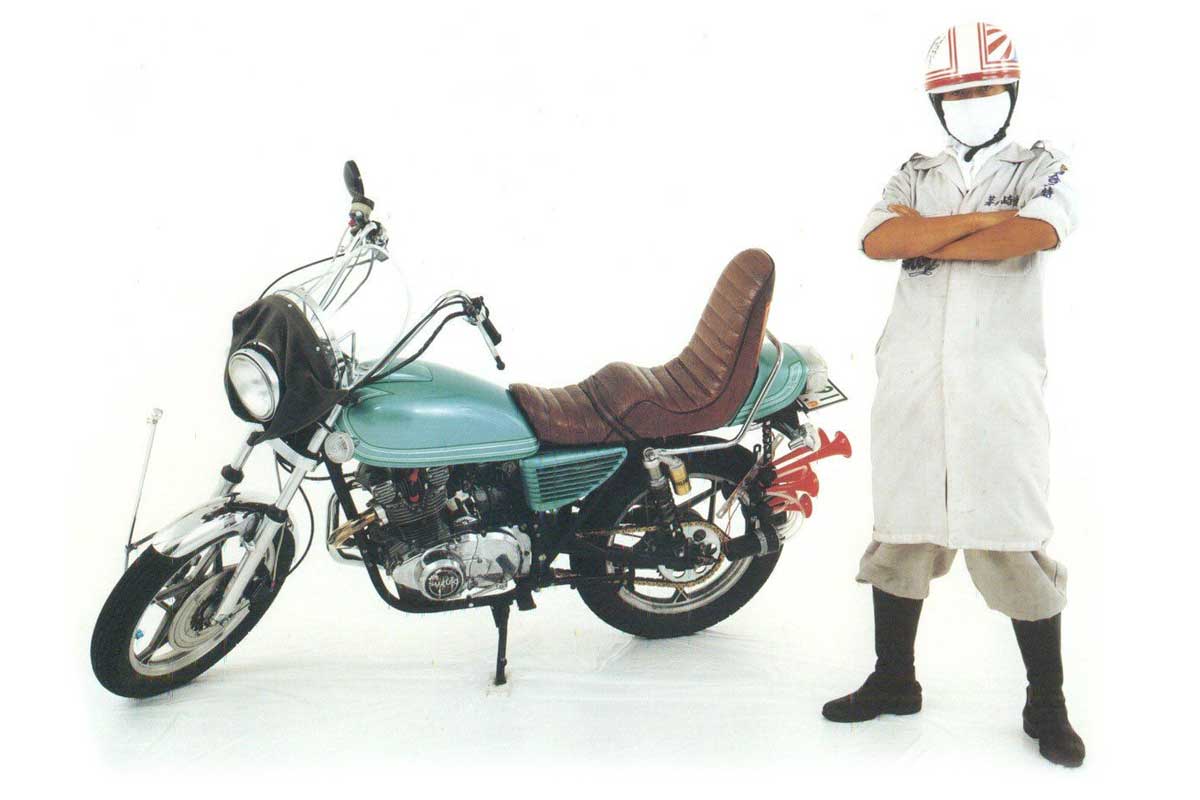

The Setting Sun
Nowadays, looking back seems to be the most common trait among Bosozoku members, past and present. In today’s world, they are running out of road to exist.
Beginning in the 1990s, which in Japan is known as the ‘lost decade’, economic slowdown quickly brought trouble for the younger generations. Widespread unemployment led to a slashing of disposable income, which quickly made unnecessary bike customisation a luxury few working class could afford.
On top of this, a government-led crackdown beginning in 2004 left individual gangs, and the culture as a whole, all but decimated. Given powers to arrest suspected members on the spot, the Japanese police have waged a near two-decades-long war against any motorcycle gang-related activity.
The result of which has been the loss of a culture that will never rise again. It is kept alive now because people learned to sell it. Walk down the streets of glitz and glamour in Ginza, Tokyo’s fashion district, and you will see mannequins displaying revamped versions of the Tokkōfuku overalls, embroidered with high-end fashion labels where gangs scrawl used to be. In movies and television, both in Japan and the west, Bosozoku style modifications are still used, revelling in the outlaw image they can still instantly create.
It seems, then, that for now, that is where the Bosozoku culture will stay. From war-torn beginnings, through infamy and intrigue and on to decline and eventual commercialisation, the Violent Running Tribes of Japan will remain a part of history that the country can’t quite let die. A lasting link with their past as they forge ahead.
Story by Liam Champagne
